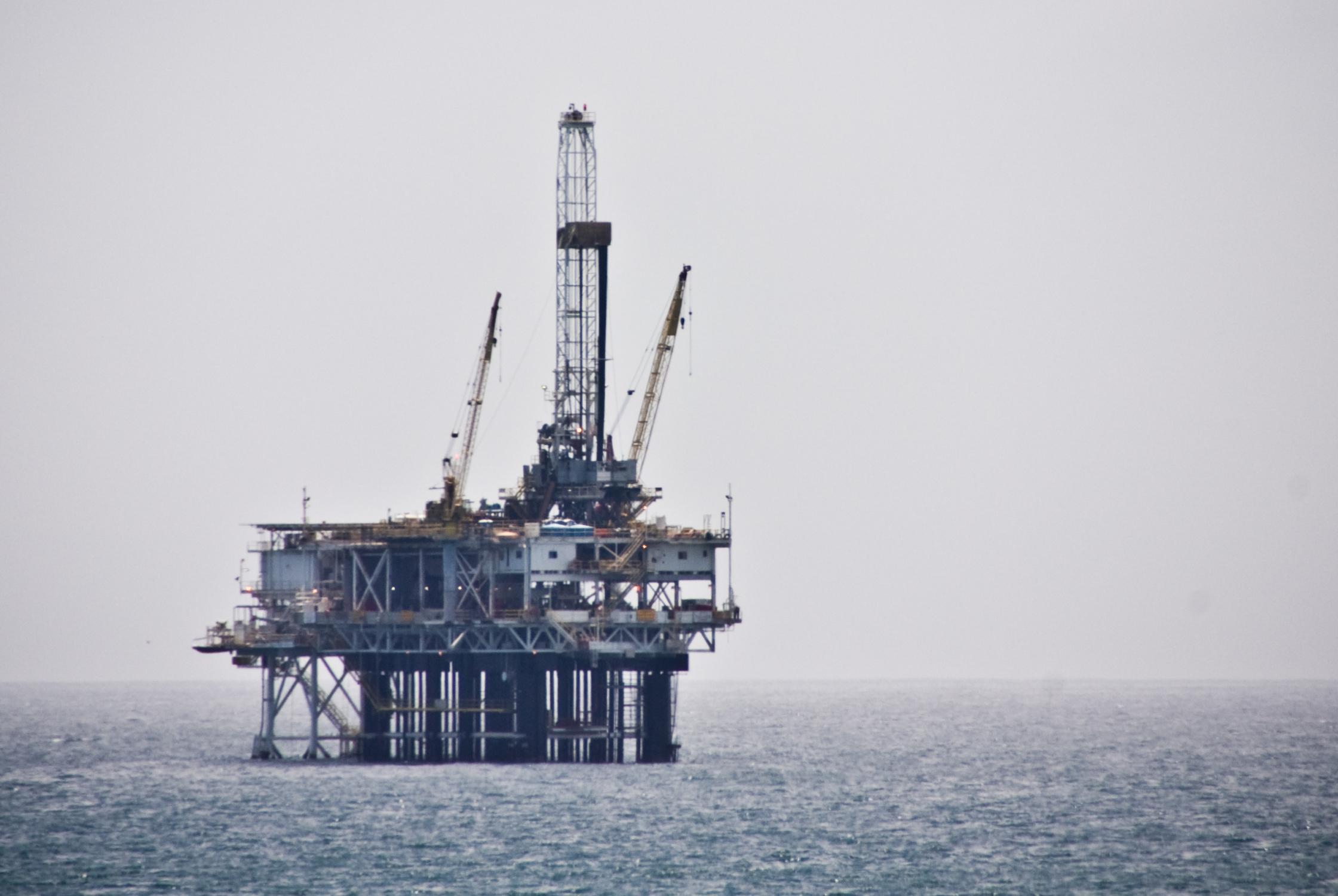The Definitive Guide for 2000 HP Oil Rig for Sale - Oil & Gas Drill Rigs - Rig Source


Rowan to buy two jackup rigs from Petrobras - Splash247

How Do Average Costs Compare Among Various Oil Drilling Rigs?
Bentec GmbH Drilling & Oilfield Systems - Special Rigs Can Be Fun For Anyone

and time required to build a wooden platform to support all or a few of the offshore-type rig. The first MODU The first truly offshore MODU was the Mr. Try This , designed and built from scratch by Ocean Drilling and Expedition Co.(ODECO), headed by its developer and president,"Doc "Alden J. Laborde. The Mr. Charlie (Fig. 2)was a purpose-built submersible barge developed particularly to drift on its lower hull to area and, in a sequence of flooding the stern down, wound up resting on the bottom to start drilling operations. Charlie went to its first area in June 1954, Life publication discussed the novel brand-new concept to check out for oil and gas offshore. The Mr. Charlie, ranked for 40-ft water depth, set the tone for how most MODUs were developed in the Gulf of Mexico (GOM). Usually, a creator secured investors, in this case Murphy Oil, and after that found a consumer with an agreement to drill for, in this case Shell Oil, allowing bank loans to be acquired to build the system. Rigs were installed on surplus The second world war ship hulls customized to drill in a floating position compared with sitting a submersible barge on the ocean bottom, as performed in the GOM. Oil business formed collaborations or continued individually, but MODUs were not developed and built by contract drilling companies in California. Before the leasing of oil and gas rights in 1955, oil business cored with little rigs cantilevered over the side midship of old The second world war barges. These barges did not have well-control devices or the ability to run a casing program. They might only drill to a designated core depth with the understanding that if they drilled into any oil and/or gas sands, they would stop, set a cement plug, and pull out of the core hole. Others followed rapidly, with all of them concerned about the marine environment and technology to allow drilling in rough weather condition. In 1956, the CUSS 1 was developed from another World War II barge. The unit, constructed by the CUSS group(Continental, Union, Shell, and Superior Oil), was 260 ft long and had a 48-ft beam. The initial designers had no examples or experiences to pass, so novelty and innovation were the course of the day: Torque converters on the drawworks were.
